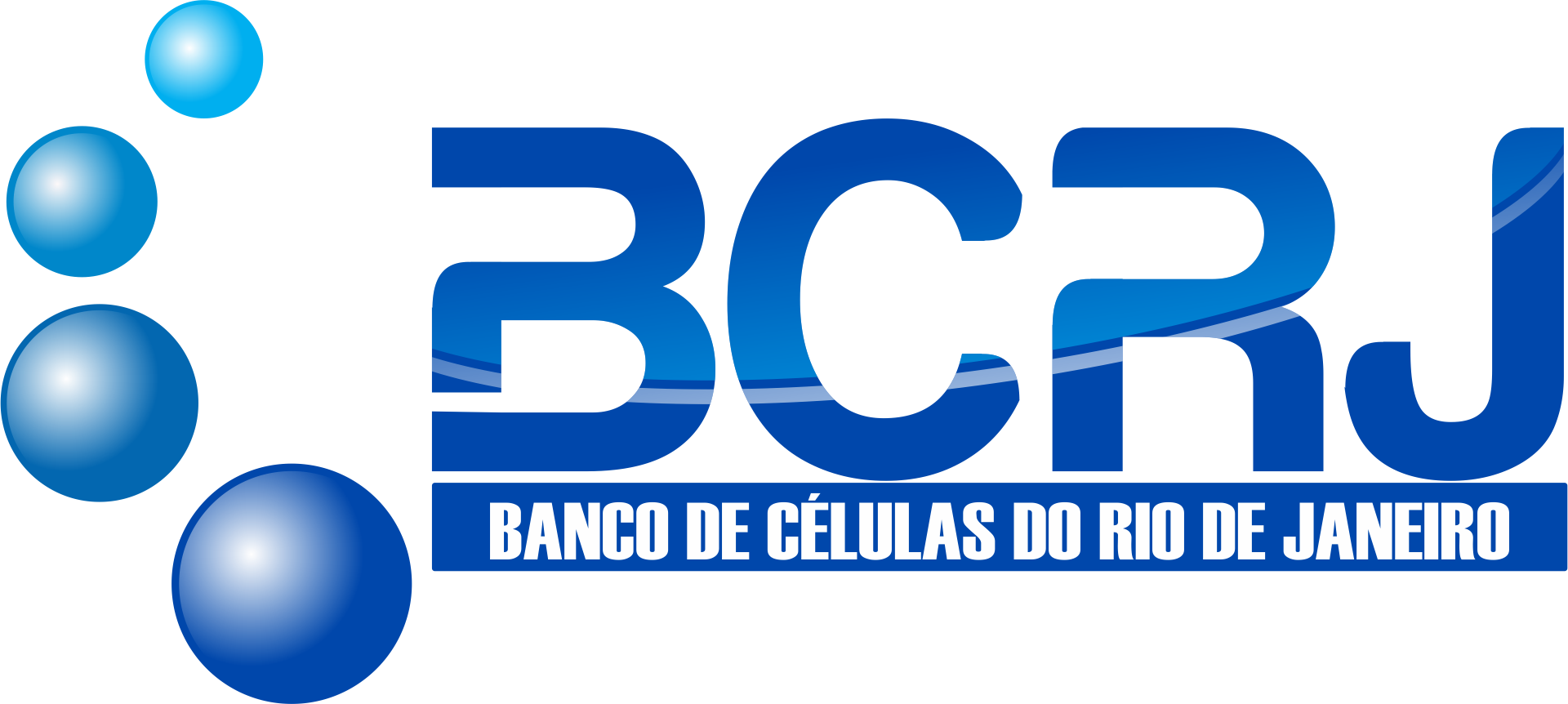| BCRJ Code | 0277 |
| Cell Line | BL3.1 |
| Species | Bos taurus |
| Vulgar Name | Cow, Bovine |
| Cell Type | B Lymphocyte |
| Morphology | Lymphoblast |
| Disease | Lymphosarcoma |
| Growth Properties | Suspension |
| Sex | Male |
| Age/Ethinicity | 3 Month / |
| Derivation | BL3.1 is a B-lymphosarcoma cell line derived in 1990 by irradiation of the bovine B-lymphoblastoid cell line, BL-3. The BL-3 cell line was isolated from a 3-month-old male Hereford calf. |
| Applications | They can be used in BLV and retroviral studies and as a target for NK assays |
| Products | BOVINE LEUKEMIA VIRUS (BLV) |
| Biosafety | 1 |
| Addtional Info | BL3.1 cells are a major histocompatibility complex (MHC) transcriptional loss variant; the cells exhibit no expression of MHC class I and high expression of MHC class II. Few cell lines express only MHC class II. The cell line is positive for bovine leukemia virus (BLV) and actively produces BLV. |
| Culture Medium | RPMI-1640 medium modified to contain 2 mM L-glutamine, 4500 mg/L glucose with 10% of fetal bovine serum. |
| Subculturing | Cultures can be maintained by addition of fresh medium or replacement of medium. Alternatively, cultures can be established by centrifugation with subsequent resuspension in fresh medium at 5 x 10 exp5 viable cells/ml. Maintain cultures at cell concentrations between 5 X 10 exp5 and 2 X 10 exp6 viable cells/ml. |
| Subculturing Medium Renewal | 2 to 3 times a week |
| Culture Conditions | Atmosphere: air, 95%; carbon dioxide (CO2), 5% Temperature: 37°C |
| Cryopreservation | 95% FBS + 5% DMSO (Dimethyl sulfoxide) |
| Thawing Frozen Cells | SAFETY PRECAUTION:
It is strongly recommended to always wear protective gloves, clothing, and a full-face mask when handling frozen vials. Some vials may leak when submerged in liquid nitrogen, allowing nitrogen to slowly enter the vial. Upon thawing, the conversion of liquid nitrogen back to its gas phase may cause the vial to explode or eject its cap with significant force, creating flying debris.
NOTE: It is important to avoid excessive alkalinity of the medium during cell recovery. To minimize this risk, it is recommended to place the culture vessel containing the growth medium in the incubator for at least 15 minutes before adding the vial contents. This allows the medium to stabilize at its normal pH (7.0 to 7.6). |
| References | Harms JS, Splitter GA. Impairment of MHC class I transcription in a mutant bovine B cell line. Immunogenetics 35: 1-8, 1992. |
| Depositors | ADREIA OLIVEIRA LATORRE - Universidade de São Paulo |
| Cellosaurus | CVCL_3455 |



